Jizake: Local Sake Made in Hokuriku Region
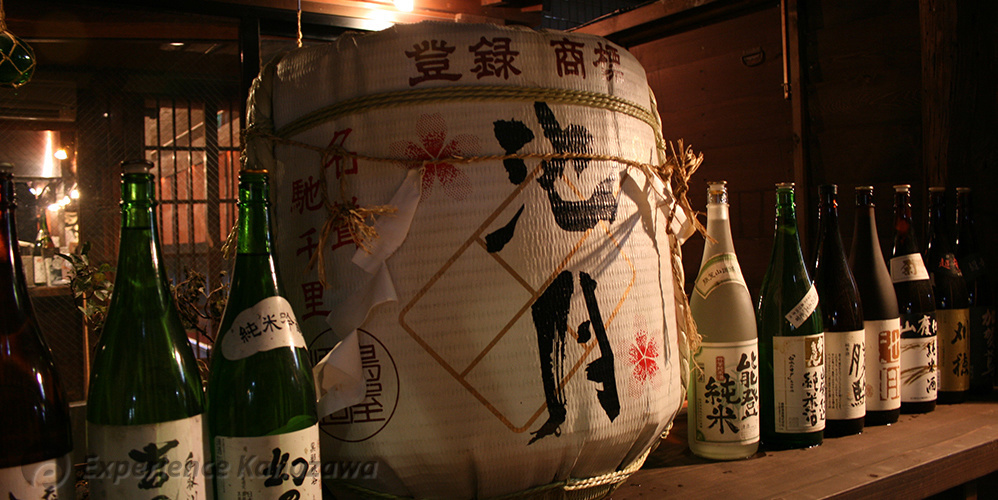
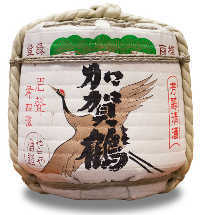 The right place to taste sake
The right place to taste sake

If you are a big fan of sake, you are probably curious about the locations where alcohol is brewed! Sake is mostly brewed in Northern Japan, and of course in Hokuriku as well. About this region for example, Tateyama (which literally means standing mountain) brand sakes are well-known as Toyama’s, while Kokuryu (meaning black dragon) is popular as Fukui’s brand. But what about Ishikawa? Tengumai (meaning dance of the tengu) is quite popular, yet rankings are difficult to give. Everyone has their personal favorite, so it’s not easy to pick one as the best! Some people love a “dry” taste, while others prefer a mild flavor. Why don’t you visit Hokuriku for tasting different local sakes? You’ll find your preference for sure!
Coco SHIZUO, Artex Inc.; Updated June 1, 2018
水 Mizu: Water
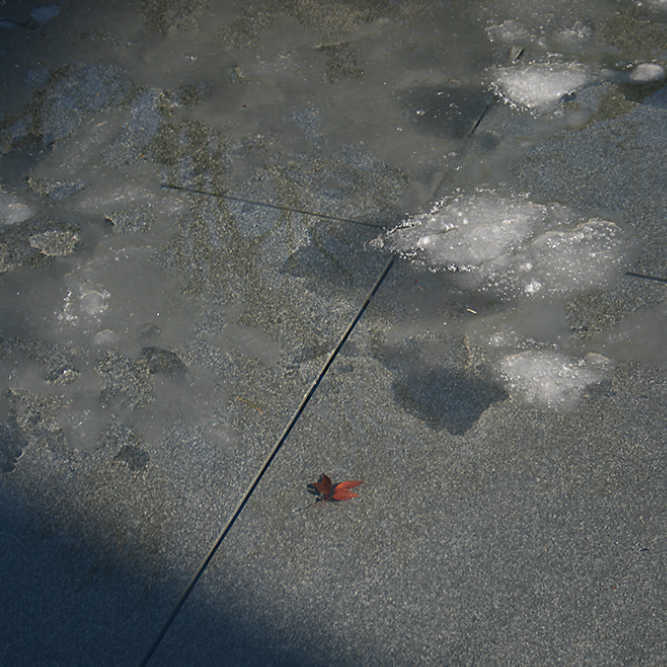
Clear water is indispensable for brewing good sake
Sake is basically formed from rice, rice malt, and water, with 80 percent of the contents being water. No wonder most breweries are founded in rural counties where natural clear water is in abundance. We have tons of “meltwater” from great alpine peaks all through the year, such as Tateyama Renpo and Mt. Hakusan. Thus Hokuriku has become one of the famous sake-brewing regions in all Japan. Breweries can pull plenty of good water from subterranean rivers for brewing, washing sake tools, and even for the brewers' bathing! Breweries are required to give public notice in advance of their water sources. Natural water in Japan generally doesn’t contain much iron and manganese, minerals which can ruin the taste of sake.
酒米 Saka-mai: Rice
Special rice for brewing sake is distinguished from edible variants
Rice for making sake has two different uses: malting and steaming. For specially designated sake (see below), typically a particular grain called saka-mai is utilized, while general, non glutinous rice is used in making ordinary sake. As a result of searching for a refined sake, breweries started to polish rice grains to remove bran, cereal germ, and also endosperm.
Saka-mai is specially crossbred for brewing, and hence has a larger grain in order not to be smashed into smithereens from the polishing process. Though the Yamada Nishiki brand rice from Hyogo is well known as the ultimate saka-mai, recently local “micrograin” saka-mai from our region is also being utilized.
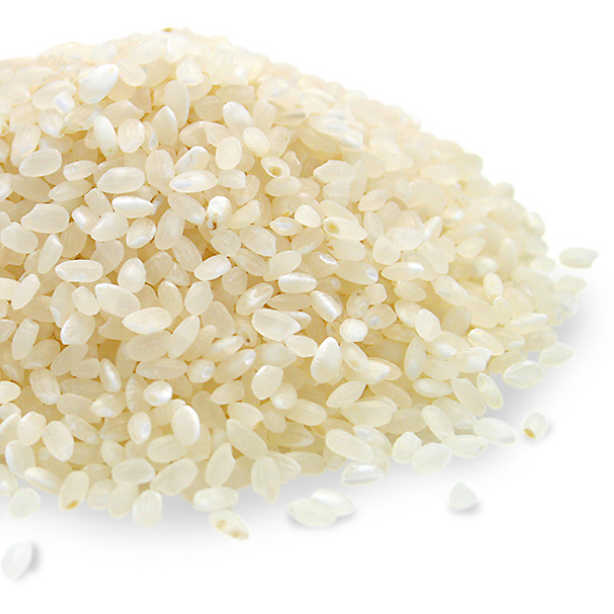
気候 Kikoh: Climate
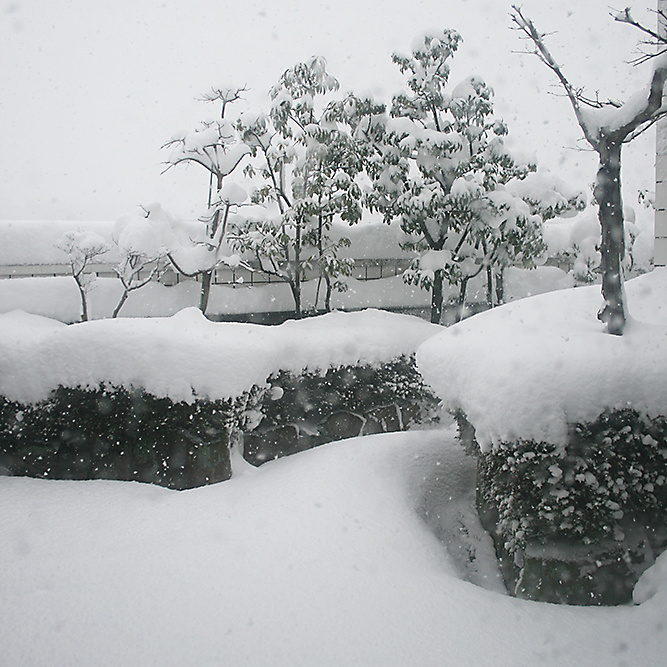
Breweries commence their operations just before winter arrives. Low temperatures are essential for fermentation.
Brewing sake is a sensitive job. The alcohol should be fermented at a low temperature. That’s why people in Northern Japan could start brewing in the first place. Besides it was a tradition that people such as farmers, who typically are free during the snowy season, would work as brewers. Being in the brewing business was somewhat risky in the past. A notorious bacterium could attack the entire brewery, completely ruining the alcohol. It took a several years to get rid of it, sometimes bankrupting the family in the meantime. Technology has developed systems to control any temperature nowadays, yet environment still plays a vital role in brewing.
水 Mizu: Water

Clear water is indispensable for brewing good sake
Sake is basically formed from rice, rice malt, and water, with 80 percent of the contents being water. No wonder most breweries are founded in rural counties where natural clear water is in abundance. We have tons of “meltwater” from great alpine peaks all through the year, such as Tateyama Renpo and Mt. Hakusan. Thus Hokuriku has become one of the famous sake-brewing regions in all Japan. Breweries can pull plenty of good water from subterranean rivers for brewing, washing sake tools, and even for the brewers' bathing! Breweries are required to give public notice in advance of their water sources. Natural water in Japan generally doesn’t contain much iron and manganese, minerals which can ruin the taste of sake.
酒米 Saka-mai: Rice

Special rice for brewing sake is distinguished from edible variants
Rice for making sake has two different uses: malting and steaming. For specially designated sake (see below), typically a particular grain called saka-mai is utilized, while general, non glutinous rice is used in making ordinary sake. As a result of searching for a refined sake, breweries started to polish rice grains to remove bran, cereal germ, and also endosperm.
Saka-mai is specially crossbred for brewing, and hence has a larger grain in order not to be smashed into smithereens from the polishing process. Though the Yamada Nishiki brand rice from Hyogo is well known as the ultimate saka-mai, recently local “micrograin” saka-mai from our region is also being utilized.
気候 Kikoh: Climate

Breweries commence their operations just before winter arrives. Low temperatures are essential for fermentation.
Brewing sake is a sensitive job. The alcohol should be fermented at a low temperature. That’s why people in Northern Japan could start brewing in the first place. Besides it was a tradition that people such as farmers, who typically are free during the snowy season, would work as brewers. Being in the brewing business was somewhat risky in the past. A notorious bacterium could attack the entire brewery, completely ruining the alcohol. It took a several years to get rid of it, sometimes bankrupting the family in the meantime. Technology has developed systems to control any temperature nowadays, yet environment still plays a vital role in brewing.
Kanazawa Area
Kenrokuenn Garden
Following Matsuo Bashô’s steps in Ishikawa - 1/6 [Introduction]
Following Matsuo Bashô’s steps in Ishikawa - 2/6 [Kanazawa]
Noto Area
Mitsukejima Island
Kaga Area
Following Matsuo Bashô’s steps in Ishikawa - 3/6 [Komatsu City]
Following Matsuo Bashô’s steps in Ishikawa - 4/6 [Natadera Temple]
Following Matsuo Bashô’s steps in Ishikawa - 5/6 [Yamanaka Onsen Town]
Following Matsuo Bashô’s steps in Ishikawa - 6/6 [Daishoji District]
Rosanjin in Yamashiro Onsen Town
Stroll Kanazawa in Rental Kimono - 1/2 [Kimono Rental]
Stroll Kanazawa in Rental Kimono - 2/2 [Kimono Stroll]
January
Enyukai: Geisha Party
February
Setsubun-Sai Festival
AUGUST
Issaki Hoh-Toh Matsuri
November
Enyukai: Geisha Party
